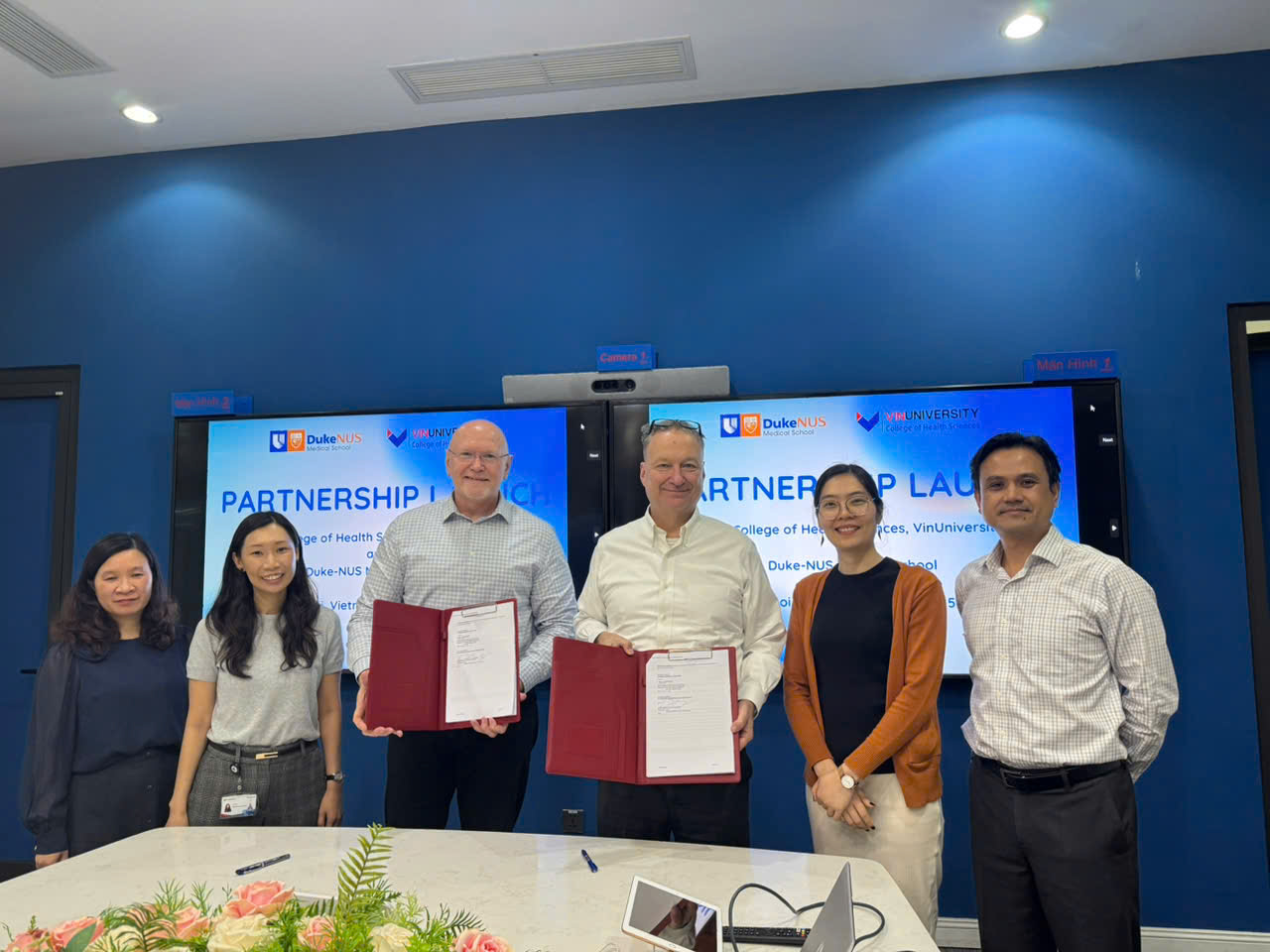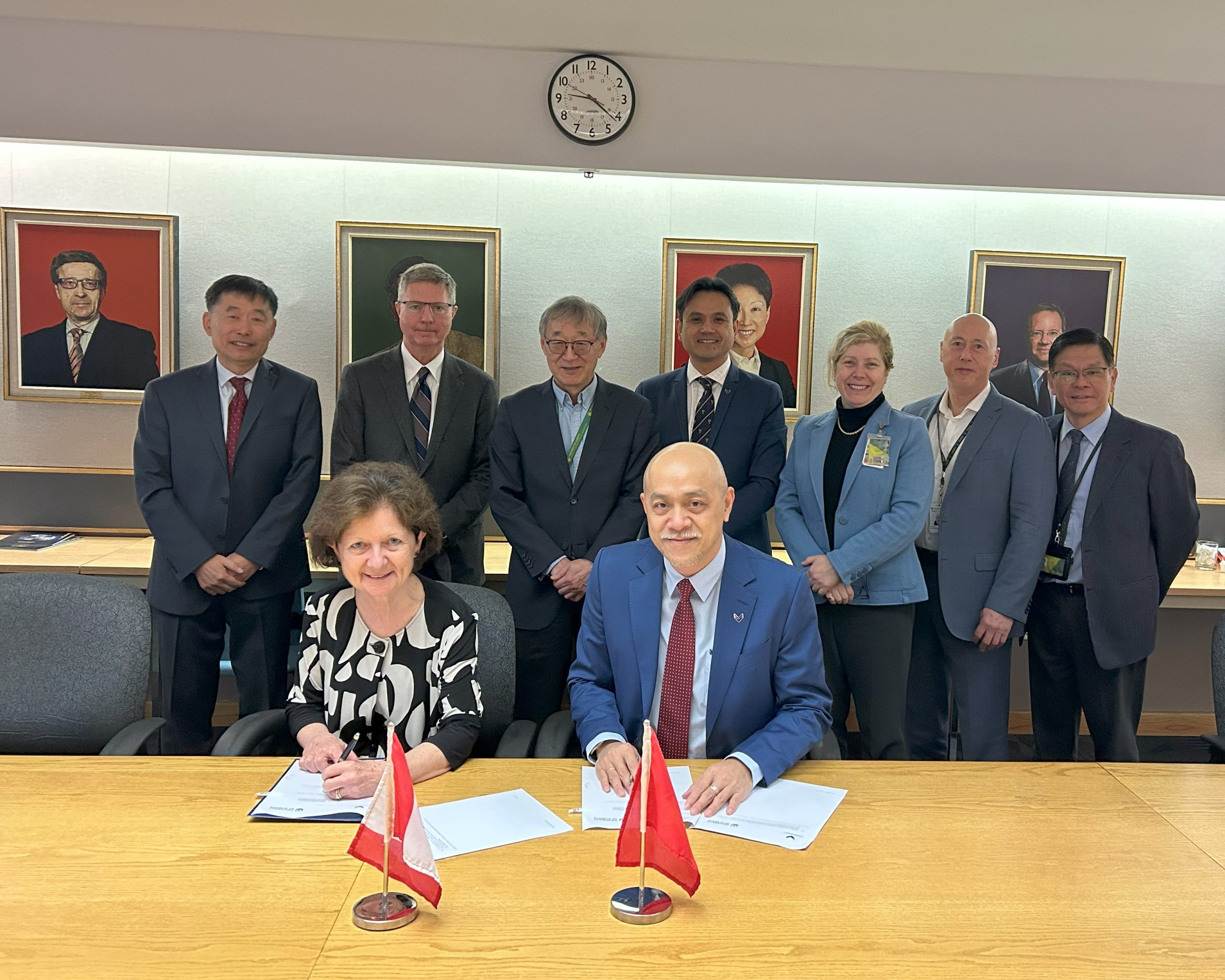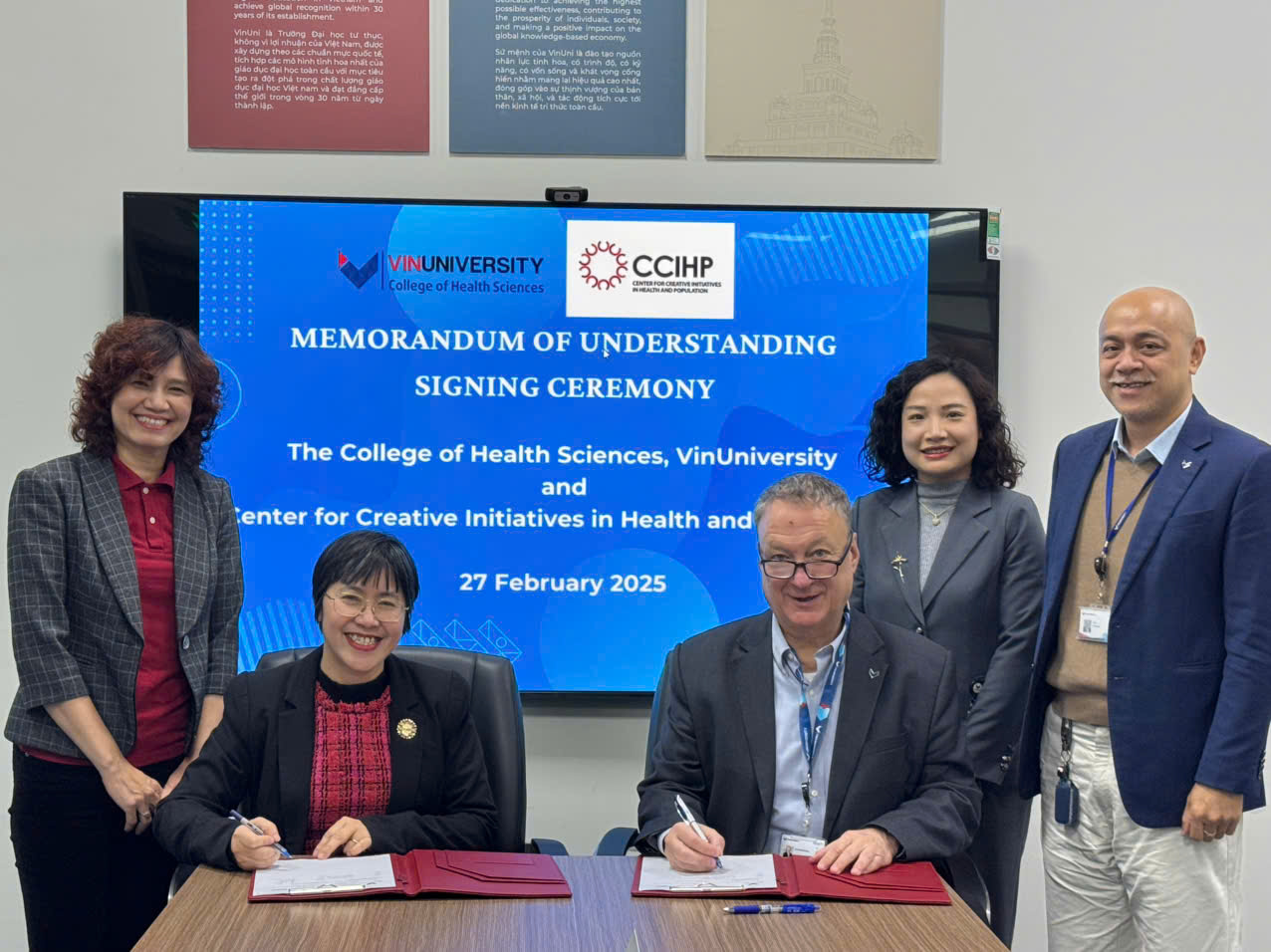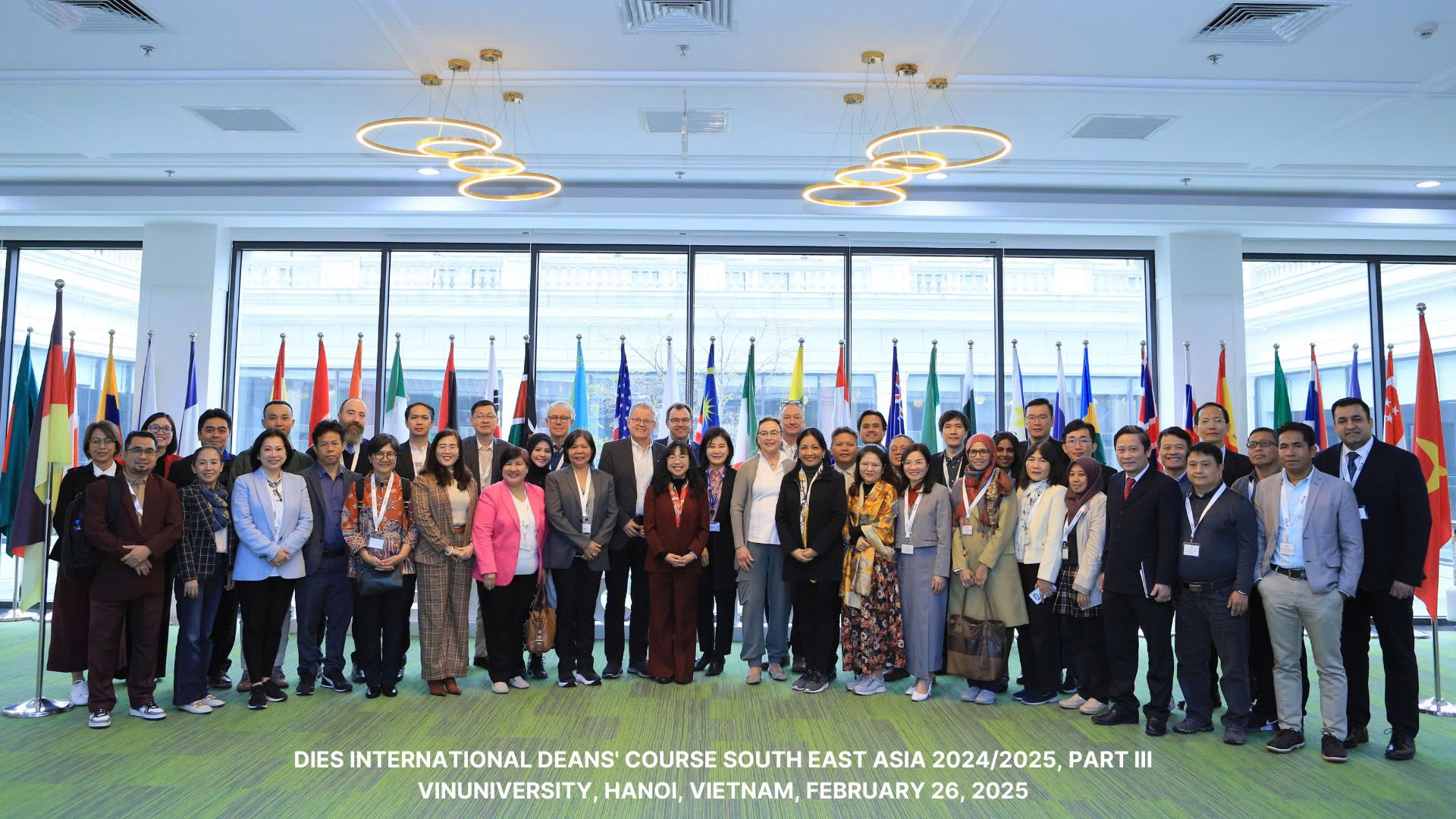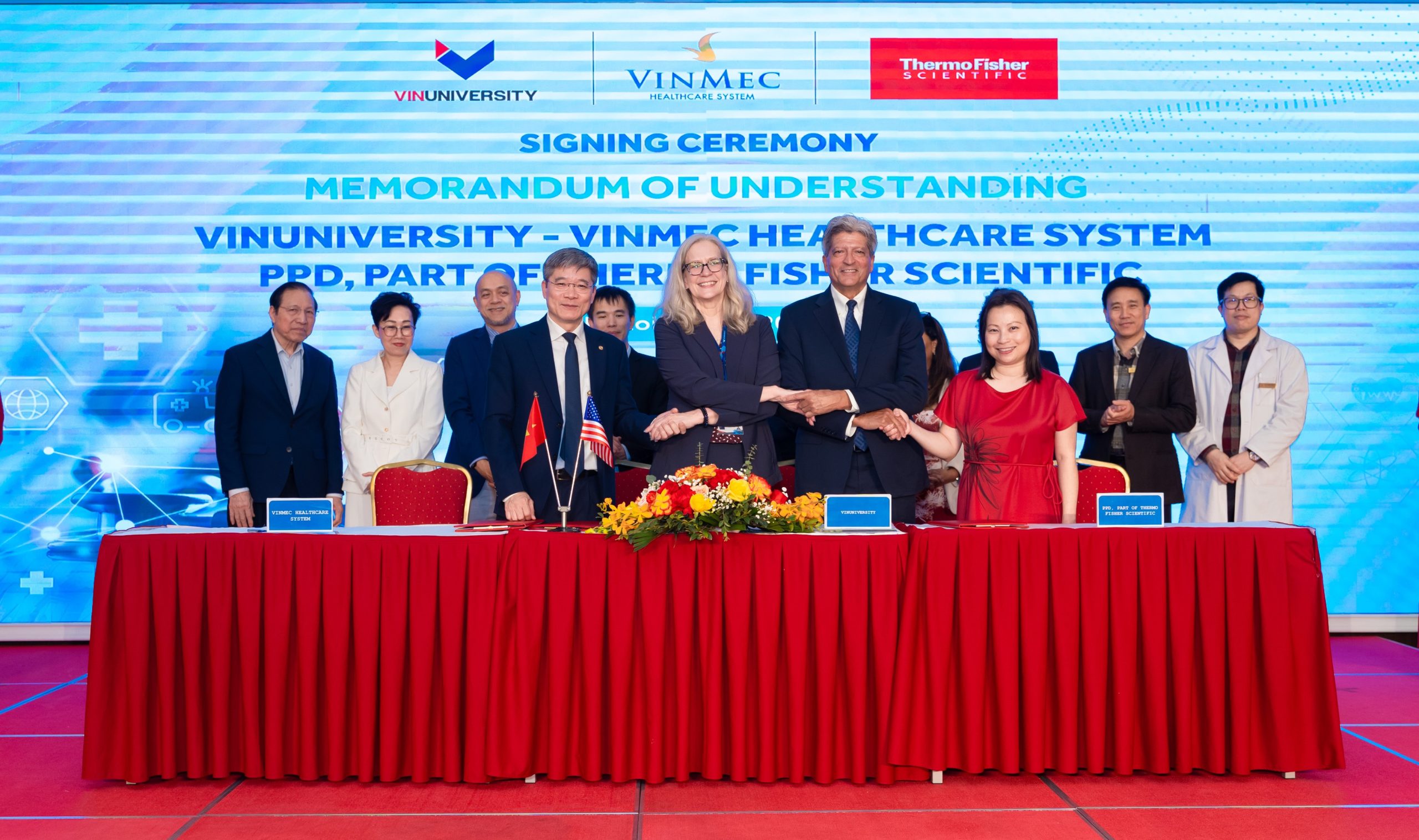The 3D Technology in Medicine Center, in collaboration with Vinmec Hospital, successfully performed a surgery to reconstruct the chest wall using 3D-printed titanium and fully remove a malignant tumor deeply invading the heart and lungs.
The 11.5 cm mediastinal tumor was detected after it had already invaded the left chest wall, ribs 2, 3, and 4, the upper lobe of the left lung, and part of the sternum, causing severe compression on the heart, lungs, and surrounding organs. The diagnosis indicated a late-stage tumor that could only be treated by wide excision surgery, including the removal of the sternum and adjacent ribs.
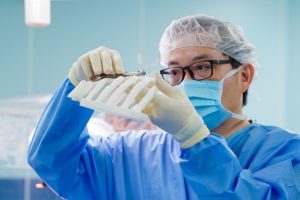 Besides tumor removal, the surgery posed a major challenge in reconstructing the chest wall to protect the heart and lung functions post-surgery. Improper reconstruction would significantly increase the risk of respiratory failure and internal injuries.
Besides tumor removal, the surgery posed a major challenge in reconstructing the chest wall to protect the heart and lung functions post-surgery. Improper reconstruction would significantly increase the risk of respiratory failure and internal injuries.
In Vietnam and Southeast Asia, large chest wall defects after cancer surgeries were previously covered with soft tissue flaps, leading to large scars and psychological trauma for patients. Artificial materials used only covered the shape, without protecting the heart and lungs in the correct position, or providing external impact resistance. Thus, traditional surgical methods were not optimal solutions.
👉 THE SOLUTION: The design team, including cardiothoracic and orthopedic specialists from Vinmec and engineers from the 3D Technology Center in Medicine at VinUni, spent nearly three weeks refining the design, overcoming previous limitations. They tested dozens of simulated scenarios to achieve the highest precision, ensuring thinness and accuracy to the highest standards.
The product not only revolutionized the design but also integrated a lung hernia prevention mesh, surpassing surgeries worldwide that required multiple separate components to protect the heart and lungs. This innovation minimized the risk of component displacement after surgery.
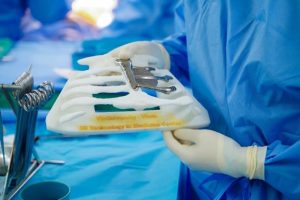 During the operation, the implant’s fit was tested with 99% accuracy, ensuring normal respiratory function for the patient. Just one day after surgery, the patient could sit up and talk normally, recovering well and being discharged after only five days. The precision of the surgery, thanks to 3D technology, combined with advanced ESP pain management, shortened the surgery time and allowed for rapid recovery, reducing hospital stay by half.
During the operation, the implant’s fit was tested with 99% accuracy, ensuring normal respiratory function for the patient. Just one day after surgery, the patient could sit up and talk normally, recovering well and being discharged after only five days. The precision of the surgery, thanks to 3D technology, combined with advanced ESP pain management, shortened the surgery time and allowed for rapid recovery, reducing hospital stay by half.
The success of this surgery not only marks a significant breakthrough in treating large cardiovascular defects in Vietnam but also opens new possibilities in other areas, such as precise stent interventions, facial defect reconstruction, and soft tissue regeneration. This contributes to improving treatment efficacy and shortening patient recovery time.
According to the International Business Times, this is a big step forward for Vietnam, marking an important milestone in the field of innovative healthcare. This success at Vinmec not only affirms the potential of 3D technology in changing the healthcare system in Vietnam and Southeast Asia, but also opens up new standards for medical treatment in the region. Vinmec has pioneered the application of this advanced technology in specialties such as cardiology, orthopedics, and gastroenterology… promising breakthroughs in the field of healthcare.
👉 Some typical international newspapers:


